Sustainable coffee brewing is more than just a trend; it’s a commitment to environmental responsibility and a healthier planet. This approach to brewing coffee at home involves methods and practices that minimize environmental impact, reduce waste, and promote the use of eco-friendly products.
In this article, we delve into what makes coffee brewing sustainable, explore the various sustainable home coffee brewing methods, and assess their environmental footprints. Our goal is to guide coffee enthusiasts towards more eco-conscious choices, ensuring that their love for coffee aligns with a commitment to coffee brewing sustainability at home.

The Environmental Impact of Coffee Brewing
Coffee is more than a morning ritual; instead, it should be considered a global phenomenon. With 75% of Americans consuming coffee on a regular basis, the environmental impact of our coffee habits cannot be overlooked. The sustainability of coffee brewing hinges on factors like energy consumption, waste production, and the longevity of brewing equipment. By understanding these factors, we can make informed decisions that contribute positively to the environment.
Coffee Brewing Methods Ranked by Sustainability
We will now consider the seven best methods for coffee brewing at home, ranked from 1 to 6 from the highest level to the lowest level for sustainability.
#1 French Press
- Features: The French Press is a manual coffee brewing method, known for its simplicity and rich flavor extraction.
- Sustainability Score: High. It scores well due to minimal waste and energy usage.
- Eco-Friendly Aspects: The French Press does not require electricity or disposable filters. The only waste produced is biodegradable coffee grounds, which can be composted.
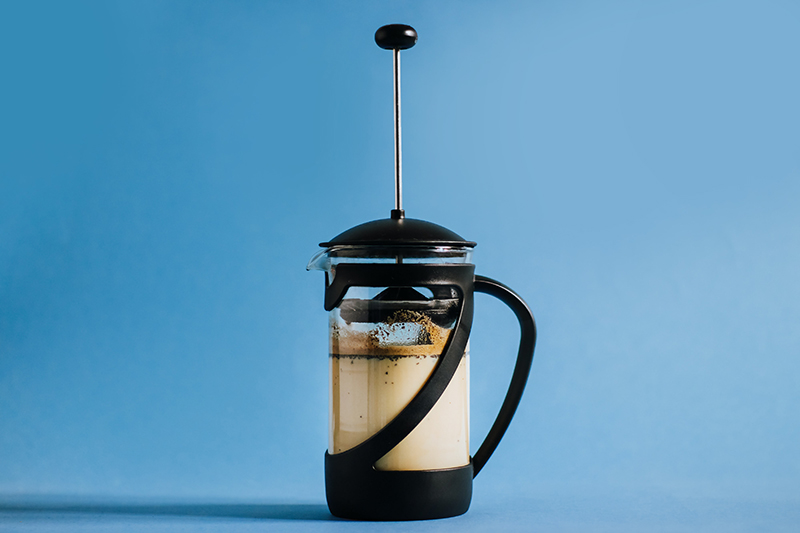
#2 Pour-Over Coffee Makers
- Features: This manual method involves pouring hot water over coffee grounds in a filter, allowing the coffee to drip into a carafe or mug.
- Sustainability Score: High. It requires no electricity and minimal waste, especially with a reusable filter.
- Eco-Friendly Aspects: Pour-over coffee makers are often made of glass or ceramic and can last for years. Using a metal or cloth reusable filter can further reduce waste.
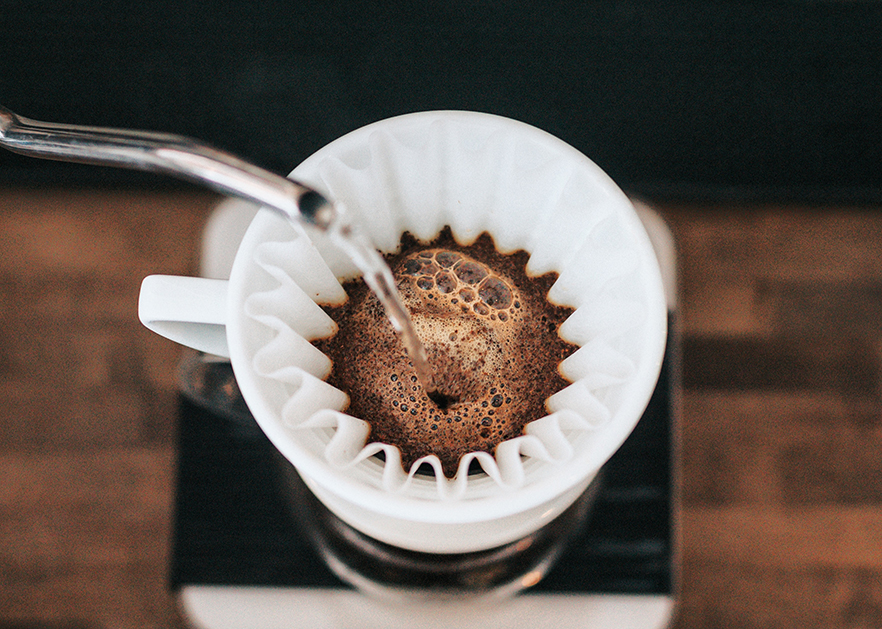
#3 Aeropress
- Features: The Aeropress is a manual coffee maker that uses air pressure to push hot water through coffee grounds.
- Sustainability Score: High. It is energy-efficient and produces less waste compared to electric brewers.
- Eco-Friendly Aspects: The Aeropress is durable and portable. While it uses small paper filters, they are biodegradable, and the device can also be used with a reusable metal filter.
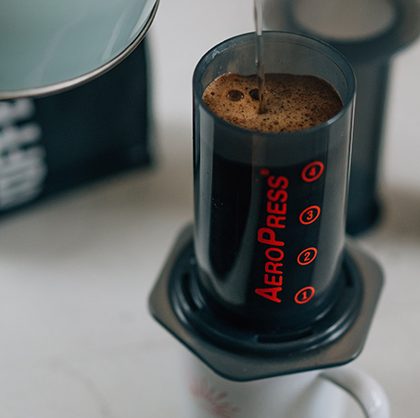
#4 Stovetop Coffee Makers
- Features: Stovetop coffee makers including Moka Pots are known for producing strong, espresso-like coffee. They are used on a stovetop, heating water to brew coffee.
- Sustainability Score: Moderate to high. They are durable and produce minimal waste but require more energy than manual methods.
- Eco-Friendly Aspects: Moka Pots are long-lasting and do not need disposable filters. However, they rely on a heat source, typically a gas or electric stove.
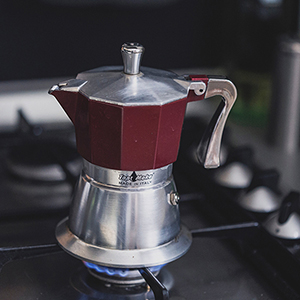
#5 Steeped Coffee Bags
- Features: Similar to tea bags, these are single-use bags containing ground coffee for steeping in hot water.
- Sustainability Score: Moderate. They are convenient but single-use.
- Eco-Friendly Aspects: Many steeped coffee bags are made from compostable materials, but their single-use nature can be a drawback.
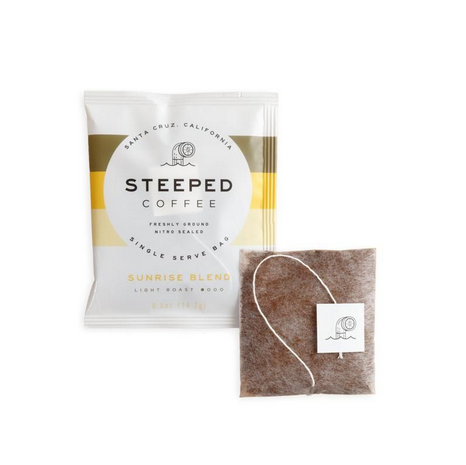
#6 Traditional Drip Coffee Makers
- Features: Common in many households, these machines drip hot water over coffee grounds to brew.
- Sustainability Score: Lower due to energy use and waste production.
- Eco-Friendly Aspects: While they consume electricity, using reusable filters and responsibly sourced coffee can enhance their sustainability.
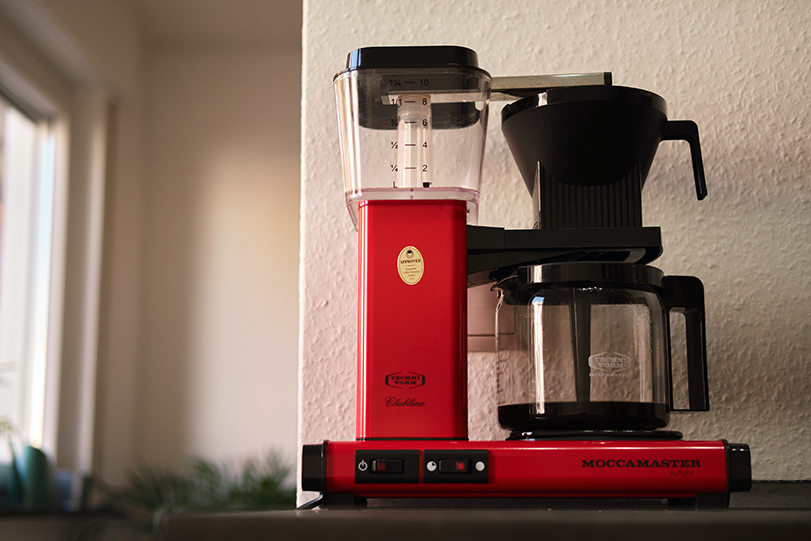
#7 Single-Serve Coffee Makers
- Features: These machines use pre-packaged pods to brew individual coffee servings.
- Sustainability Score: Low. They generate significant waste and consume energy.
- Eco-Friendly Aspects: The main challenge is the waste from single-use pods, though some brands offer recyclable or compostable options.
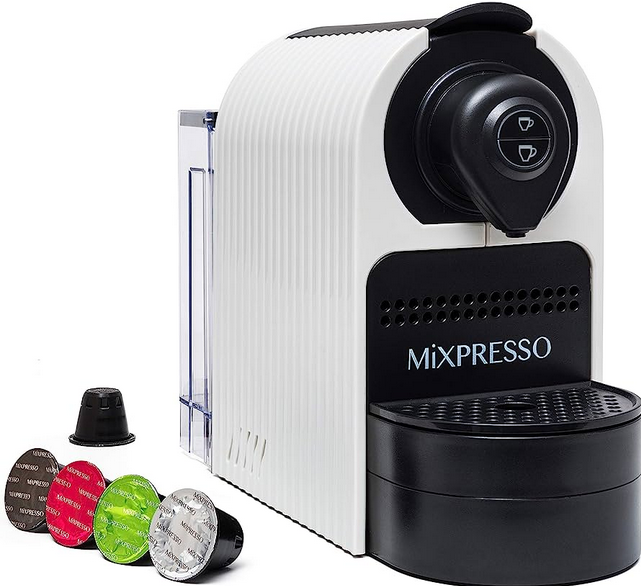
Making Your Coffee Brewing More Sustainable
Sustainable coffee brewing is not just about the method you choose; it’s also about the small, everyday decisions you make. Here are some tips to enhance the sustainability of your coffee brewing routine:
- Reduce Waste: Opt for reusable filters or biodegradable options. If you use a pod-based machine, look for compostable or recyclable pods.
- Energy Efficiency: Choose manual brewing methods like the French Press or Moka Pot to save electricity. If using an electric coffee maker, ensure it’s energy-efficient.
- Eco-Friendly Coffee Beans: Purchase coffee beans that are certified organic, fair trade, or Rainforest Alliance. This ensures that your coffee is grown sustainably and ethically.
- Sustainable Accessories: Use mugs and containers made from sustainable materials. Avoid single-use plastics and opt for glass, ceramic, or stainless steel.
- Composting Coffee Grounds: Instead of throwing away used coffee grounds, compost them. They are rich in nitrogen, making them excellent for garden soil.
Final Thoughts
In conclusion, sustainable coffee brewing is an achievable and impactful practice. By choosing eco-friendly brewing methods, reducing waste, and being mindful of the products we use, we can significantly lessen our environmental footprint. Let’s embrace these small changes in our daily coffee rituals to make a big difference.
Remember, every sustainable choice counts towards a healthier planet. So, brew responsibly and enjoy your coffee knowing you’re contributing to a more sustainable world.
Additional Resources
- Specialty Coffee: Brewing for Quality & Sustainability
- Understanding Sustainable Coffee Bean Sourcing
FAQs on Sustainable Home Coffee Brewing
What is the most sustainable way to brew coffee at home? The French Press, the Moka Pot and pour-over coffee makers are among the most sustainable methods due to their low waste and energy usage.
Can coffee pods be recycled? Some coffee pods are recyclable or compostable, but it is important to check the brand’s specific guidelines.
How does the choice of coffee beans affect sustainability? Choosing organic, fair trade, or Rainforest Alliance certified beans ensures that your coffee is grown with sustainable practices.
Are electric coffee makers bad for the environment? While electric coffee makers consume energy, their impact can be mitigated by choosing energy-efficient models and only brewing the amount of coffee needed.
How can I reduce waste when using a drip coffee maker? Use a reusable filter and buy coffee in bulk to reduce packaging waste. Also, consider composting your coffee grounds.
Is it better to grind coffee beans at home for sustainability? Grinding beans at home can reduce packaging waste and allows you to buy beans in bulk, which is often more sustainable.
What are the environmental benefits of composting coffee grounds? Composting coffee grounds reduces landfill waste and provides a rich source of nitrogen for your garden, improving soil health.

Taylor – Barista and Product Tester at MyCoffeeBeanz.com
Taylor is a professional barista and our product tester here at MyCoffeeBeanz.com. She loves experimenting with different coffee brewing methods but her real passion within the coffee industry is helping promote sustainability and eco-friendliness wherever she can. Read more about Taylor her
